Pork producers and feed suppliers are asking about feed safety due to the discovery and spread of African swine fever (ASF) in China where some feed ingredients, including soy bean meal, dried distillers grains and solubles (DDGS), amino acids, and vitamins, are manufactured and exported to the US. In response to this concern, swine industry groups including the Swine Health Information Center (SHIC), National Pork Board, National Pork Producers Council, and American Association of Swine Veterinarians reviewed existing research for information about appropriate feed holding time to enhance feed safety.
The research on holding time is based on a calculated half-life of viruses in these feed ingredients. The half-life of a virus is the time that it takes 50 percent of the amount of virus to naturally degrade. Because the current research calculates half-life on limited data, SHIC is funding a comprehensive investigation into the half-life of these viruses, to help give as much science-based information as possible to inform holding time. Updated information on holding time will be communicated as soon as it is available.
The review shows the current research says feedstuffs coming from facilities with no or unknown biosecurity are safest to use 78 days after a born on date for bagged or sealed feedstuffs to prevent additional contamination and 286 days after a born on date for bulk feedstuffs that can’t be sealed or shipped in a way to prevent additional contamination, and when stored just below room temperature. Talk with your feed suppliers and ask for a born on date for all imported feedstuffs from these facilities.
Copyright 2024 | Swinehealth.org | Website by Heartland Marketing Group